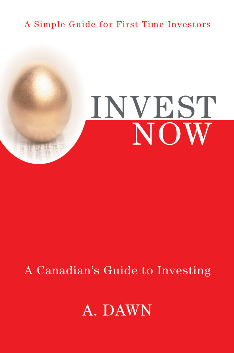Canadian Real Estate
/Current Financial Crisis and Housing Market
First Published Date: February 15, 2009
When the current financial crisis hit, the first industry shaken was the housing market. After all, one of the catalysts for the so-named “credit crunch” was the vexation in the United States’ “sub-prime” mortgage market, where irresponsible lending at unsustainable levels caused banks to lose solvency with terrifying rapidity.
As a result, the real estate market in the US and beyond fell victim to a major crisis of confidence, and the knock-on effects of this continue to shake the world’s economy. Injections of capital by some governments, and lock, stock and barrel takeovers of banks by others have introduced some measure of stability, but even now that stability is under almost permanent threat.
The consequence of this uncertainty has been a fall in house prices, as home owners have defaulted on mortgages and had to sell up and the market, for so long a seller’s domain, has turned to favour the buyer. Getting a mortgage to buy for the first time may have become a little more difficult, but for those of us lucky enough to have amassed some disposable income the market suddenly looks altogether more favourable.
Although house prices have fallen in Canada – just as has happened everywhere – the fall has been markedly less steep than elsewhere, particularly just south of the border in the US. In the past year, the Canadian real estate market has seen a drop in prices to the tune of 8.9%, and sales themselves have fallen month-on-month. But despite the more troubled market, Canadian banks continue, thanks to judicious management, to make mortgages available to those looking to buy a house. Set against the open panic in the States, where once it was too easy to get a mortgage and now has become a quest on a par with the search for the Holy Grail, this is resulting in a far more serene market in Canada.
Indeed, in some cities it is believed that the market is bottoming out in Ca nada, and ready to at least stabilize if not yet commence an upward climb. While prices have fallen, senior analysts are making the point that even if they continue to fall, the rate at which they are falling has slowed, and anyone waiting for the housing market to hit rock bottom so that they can jump on board will have a long and forlorn wait. As more potential buyers realize this, it is likely that we will see the numbers of sales starting to rise again. If, however, the strong employment numbers nationally take a hit, then the market could yet have austere days ahead of it.
The moral here certainly seems to be that sensible and realistic management of the banking and lending system is equipping Canada to see out the current global crisis in much finer fettle than many of its more storied counterparts. It could just be the case that Canada becomes a model for the other nations to follow.
To streamline and minimize blog maintenance, I will be discontinuing maintaining the Canadapersonalfinancewebsite.com website (however, I will still hold the domain). I will gradually move all articles from this site to A Dawn Journal. This article originally published on the above website on Feb 15, 2009.










